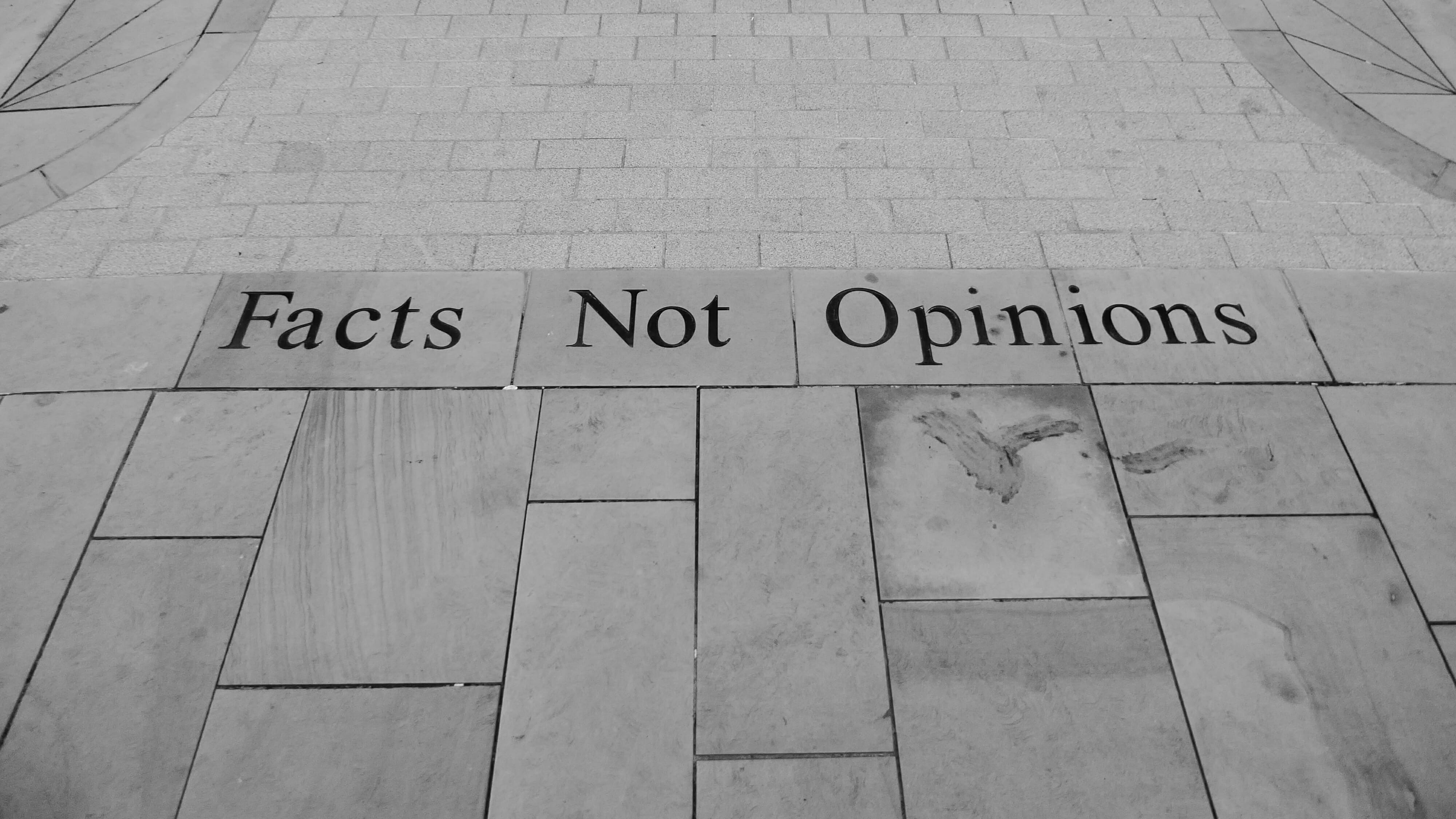On the Mind: How We Learn Facts (And Alternative Facts)

This column, On the Mind, is a series about the latest in cognitive science and neuroscience-related research that applies to our everyday lives. This biweekly series is for those interested in cutting-edge findings about the practical side of habits, memories, multitasking and the human-brain interface. What are the recent studies, and what is the context? See what science says and how you can apply it to your life.
![]()
Following his inauguration this month, President Donald Trump disputed the attendance numbers that news organizations reported and continues to call media accuracy into question. The next day, Trump’s adviser Kellyanne Conway jumped to his aid on NBC’s Meet the Press, saying the White House may need to present alternative facts to the public. A few days later, Google and Facebook explained how they’re taking a stand against fake news articles and whittling them down this year. As we face conflicting reports in years ahead, we need to steel ourselves for the fake news and fake facts that influence important voting, policy and legislative decisions.
Studies Say
Scientists say it’s possible that half of us believe fake facts. And from that, fake facts turn into false memories. If we begin hearing “alternative facts” from reputable sources and they begin spreading around the water cooler, we just may believe them.
That’s why a group of scientists are interested in a “psychology vaccine” that could inoculate the public against fake news. They released a study about it last week. Just like a real vaccine, which injects dead cells from a virus into the body to encourage the immune system to recognize the living virus and kill it, small doses of misinformation could coach our brains to recognize false facts around certain news topics in the future. More research needs to be done, of course, but so far, a group of psychologists at Yale, Cambridge and George Mason University think it could be effective in conversations around climate change.
Key Takeaways
We’ve long known that there is more than one side to a story and that people view facts from different angles. We can’t stop the fake news and social media posts from flying at us, but we can dictate how they influence us. Essentially, skepticism is the ultimate weapon, a Scientific American piece said earlier this month. Knowing how the brain learns can go a long way in monitoring which facts stick—and which don’t.
New Knowledge Builds on Previous Knowledge
Neurons in the brain fire thoughts, beliefs and impulses across synapses and axoms to make the body move, digest food and record facts into memory. That means new facts match up with previous facts to be understood. This is typically explained in the context of formal learning in a classroom, for example, that multiplication and division concepts come after addition and subtraction concepts, but it applies to facts gleaned from news reports, blogs, social media and everyday person-to-person conversation as well. Building a solid, reliable foundation of evidence-based fact is the best way to judge the next news that comes your way. (Hint: Cable TV shows with opinionated talking heads are probably not the best place to start.)
Practice Makes Perfect
-

-

-

-

-

-

-

-

-

-

-

-

-

-

-

-

-

-

-

-

-

-

-

-

-

-

-

-

-

-

-

-

-

-

-

-

-

-

-

-








































